Gary, Indiana is geographically bigger than San Francisco. That is a fact that often flabbergasts folks. We also have an estimated 77,000-80,000 people of which roughly 62% are paying taxes. We have 6,000 abandoned structures, notorious crime stats and infrastructure needs that rival developing nations. Yet we also have people who look at these facts and choose to set up shop here. Out of all the spots in the world they decide to invest with us. They are proving that for-profit entities can also be good stewards. Little by little they are transitioning our city from being just another rustbelt company town tragedy into a burgeoning scene for micro and midlevel entrepreneurs. Collective impact is a way of life for residents of the Steel City.
“Working with small businesses, entrepreneurs and freelancers in our region you begin to realize that number one we are not that different, number two everyone has to start somewhere and number three that we actually have the same or similar goals. In Gary, this is even more so the case. Many of us are working collectively to help rebuild our entrepreneurial ecosystem. This goes beyond the walls of business and includes working with schools, after-school programs, churches, libraries, and universities. Small business is not just about business but also the community.” Gretchen Sipp Manager of The Stage Gary Small Business Incubator and Coworking Space
When you are from an emerging community, the fear of gentrification looms. People hear how urban renewal projects pushed people out of neighboring communities. These government-run or mega foundation-funded initiatives may have been well intended, but they often end up being their own undoing as they forget a key factor, the importance of creating coalitions. That is what makes local businesses, that are bought into the collective impact process, so important to cities like Gary. They are committed to placemaking because they actually have vested interest in the results of the project. They understand the importance of following a community mission, that a plan does not sit on a shelf gathering dust. It is not created by a consultant divorced from the community; it is built by the community and implemented in true partnership.
For the process to work, Collective Impact must occur when organizations from different sectors agree to solve a specific social problem using a common agenda, aligning their efforts, and using common measures of success. The main goal of the community building is to promote collaboration between neighborhood leaders, organizations, the government, elected officials and businesses, thus increasing the level of positive impact our efforts can have. A question that often gets asked is how do we encourage people to move to Gary and bring new opportunities here without alienating folks in the process.
“As for our involvement, we are part of a wonderful community and we try to do our part to support it. We participate in Rotary International, a community support organization. When we are asked to help with a community project, we almost always get involved. In the past few years, we have worked on projects to install bike racks throughout the community, picnic tables and basketball hoops in a couple of pocket parks, signs for our local garden club, wayfinding signage, memorial benches, and the list goes on. We maintain the playground in Marquette Park free of charge. We also maintain Glen Ryan Park at no cost to the community. We do what we can to build community. We are volunteering with the Square One Gallery artists to bring a portable safety village to NWI to help teach folks of all ages about complete streets. It's a great joy of ours to be able to collaborate with another Gary business to help positively contribute to our community.” Richard Hagelberg, Co-Owner of Kidstuff Playsytems.
Are you interested in tackling a collective impact project?
Starting small is the usual recommendation. There are seven basic steps to creating an effective collective impact project.
They include:
- Define an issue.
- Form a cross-community coalition to address the issue.
- Create an agenda to address the issue.
- Construct measurable goals to implement the agenda.
- Collect community partners to help implement each aspect of the goals.
- Measure your success in tangible deliverables.
- Celebrate benchmarks and successes.
If you are overwhelmed by the concept of starting your own collective impact project, odds are there are coalitions just waiting for a community partner. Join one that aligns with your business mission and can strategically garner you the best networking opportunities for your industry.
Study after study states that networking is the key to developing a business. A key factor of collective impact is that businesses are not only networking in the process but doing so with a clear intention to positively contribute to a community. This commitment to stewardship does not go undetected. It creates the truest form of trust and keeps your business in the minds of not only community leaders but peers. Collective impact extends your vendor relations and referrals past the walls of the boardroom and brings brand recognition into your community. For emerging cities like Gary, collective impact is one of the only ways to rebuild our entrepreneurial ecosystem.

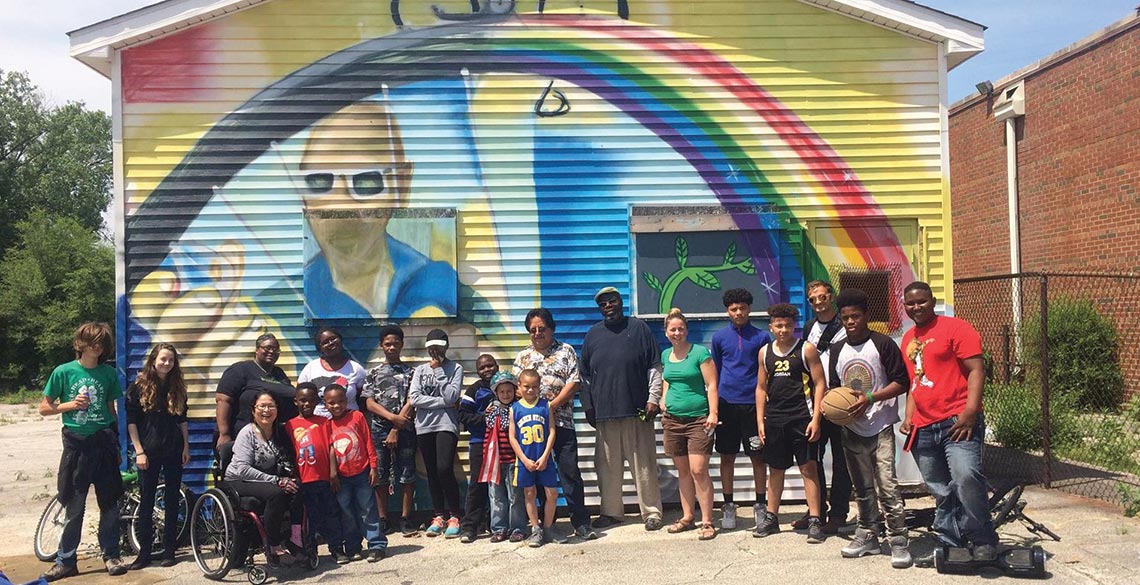



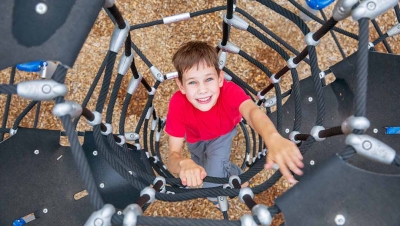

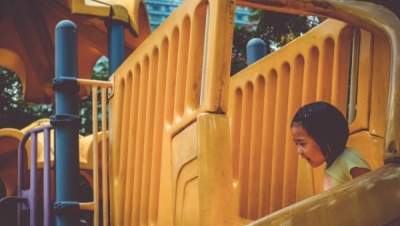







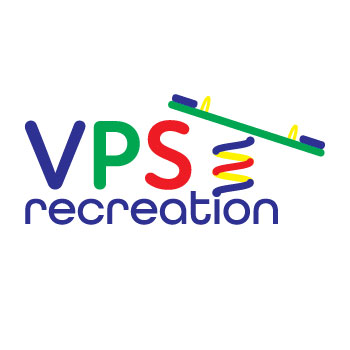
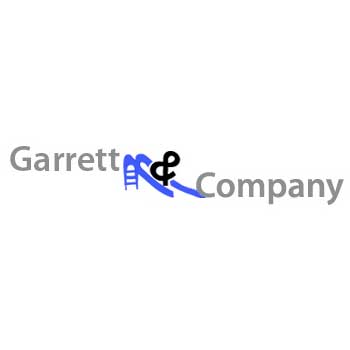

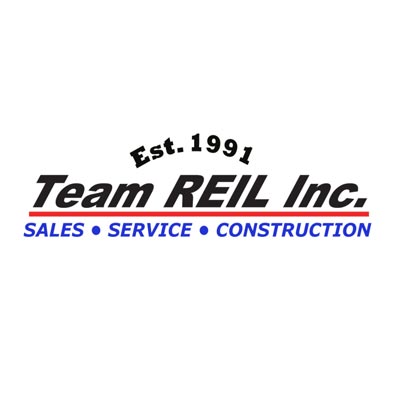

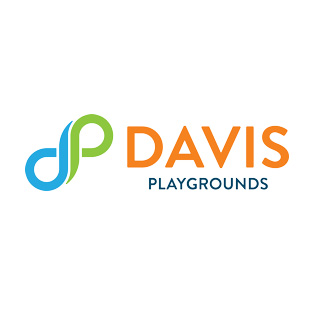
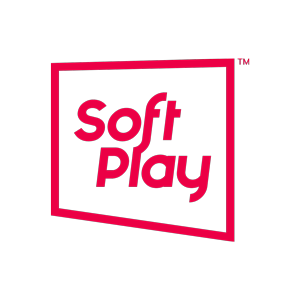
Add new comment